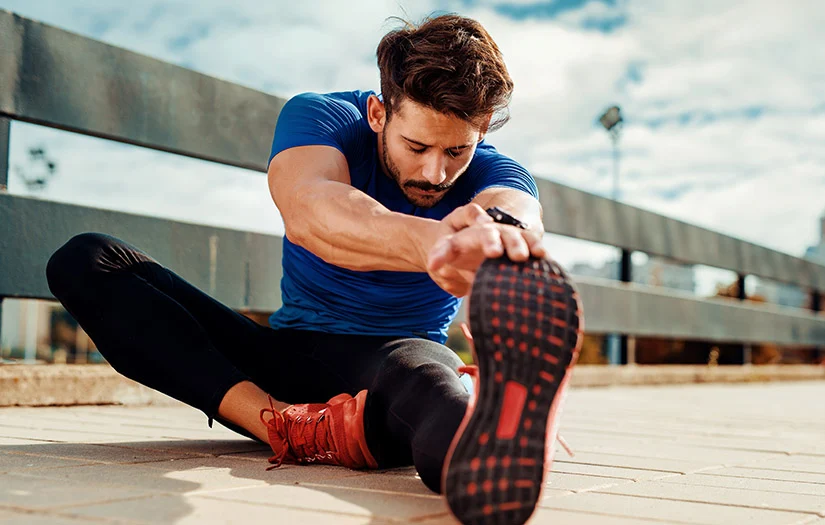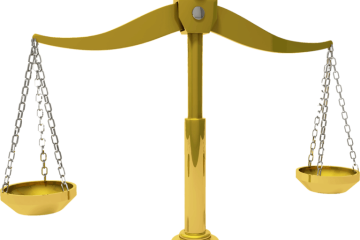After a vigorous workout, our bodies crave recovery, and one area that often gets overlooked is our feet. Whether you’ve been pounding the pavement, hitting the gym, or enjoying a yoga session, your feet work hard and can become fatigued. Understanding how to care for them is essential for overall wellness and can significantly enhance your post-workout experience. This article delves into effective practices for relaxing tired feet, ensuring they receive the care they deserve.
Understanding Foot Fatigue
Foot fatigue can be caused by various factors, including the intensity of your workout, the type of shoes you wear, and even the surfaces you train on. When we engage in physical activities, the muscles, ligaments, and tendons in our feet endure stress, leading to soreness, swelling, and overall fatigue. Recognizing the symptoms of foot fatigue, such as dull aches, stiffness, or swelling, is crucial. Ignoring these signs can lead to more severe issues like plantar fasciitis or other musculoskeletal disorders.
Taking proactive steps to care for your feet can significantly improve your recovery and prevent long-term complications. One effective strategy involves integrating toe separators into your post-workout routine. These toe separators help align your toes, improve foot function, and enhance overall comfort, making them an excellent addition to any recovery regimen. If you’re looking for high-quality options, you can shop online and search for toe separators like Correct Toes, which are specifically designed to improve foot health.
Immediate Post-Workout Practices
After finishing your workout, the first step is to give your feet immediate relief. Here are some effective practices:
- Cool Down: Begin with a proper cooldown session. Gradually decrease the intensity of your activity to allow your heart rate to return to normal. This helps to prevent muscle cramps and allows your feet to recover gradually.
- Hydrate: Replenishing fluids lost during your workout is essential. Dehydration can exacerbate feelings of fatigue. Drinking water or electrolyte drinks aids in muscle recovery and helps to flush out toxins.
- Stretching: Gentle foot and calf stretches are vital post-workout. Stretching helps improve flexibility, reduces muscle tension, and promotes blood flow. Focus on stretches that target your arches, calves, and Achilles tendon. Hold each stretch for 15-30 seconds for optimal benefit.
- Massage: A foot massage can work wonders for tired feet. Whether you use your hands or a massage ball, gently kneading the soles of your feet can alleviate soreness and promote relaxation. Consider using a soothing lotion or oil to enhance the experience.
Relaxation Techniques for Tired Feet
In addition to immediate practices, incorporating relaxation techniques can significantly enhance your recovery process. Here are some effective strategies:
- Foot Baths: Soaking your feet in warm water can provide instant relief. Add Epsom salts or essential oils like lavender to enhance relaxation. This can soothe tired muscles and improve circulation. Aim for a soak of 15-20 minutes to maximize benefits.
- Elevate Your Feet: After your workout, elevating your feet can help reduce swelling and promote better blood circulation. Lie back and place your feet on a cushion or against a wall for about 15 minutes. This simple technique can significantly ease foot fatigue.
- Use Correct Toes: Incorporating Correct Toes into your post-workout routine is a proactive measure for foot health. These toe separators help to restore natural toe alignment, which can alleviate discomfort and promote relaxation. By allowing your toes to spread naturally, you can enhance circulation and relieve tension.
- Foam Rolling: Although primarily used for larger muscle groups, foam rolling can benefit your feet as well. Gently rolling the soles of your feet on a foam roller can help release tightness and improve blood flow. This technique is excellent for those who frequently experience foot fatigue.
Long-Term Recovery Practices
While immediate relief is crucial, developing long-term recovery habits is equally important for maintaining healthy feet. Consider the following practices:
- Choose Proper Footwear: Invest in high-quality shoes that provide adequate support and cushioning for your activities. Avoid tight-fitting shoes that can cause discomfort or exacerbate foot fatigue. Look for footwear that allows your toes to move freely and comfortably.
- Incorporate Foot Strengthening Exercises: Strengthening your foot muscles can prevent fatigue and improve overall foot health. Consider exercises such as toe curls, heel raises, and resistance band workouts. These exercises can help build strength and resilience in your feet.
- Listen to Your Body: Pay attention to your feet and recognize when they need a break. Overtraining can lead to injuries, so give yourself time to rest and recover. Schedule rest days and consider low-impact activities like swimming or cycling to allow your feet to recover while staying active.
- Regular Check-Ups: If you frequently experience foot fatigue or discomfort, consider consulting a podiatrist. Regular check-ups can help identify underlying issues and ensure your feet remain healthy.
Conclusion
Caring for your feet post-workout is vital for overall recovery and well-being. By understanding foot fatigue and implementing immediate and long-term recovery practices, you can ensure that your feet are ready for your next workout. Incorporating techniques such as foot baths, massages, and using Correct Toes can significantly enhance your recovery experience. Remember, your feet carry you through life, so giving them the attention they deserve is essential. By adopting these best practices, you can keep your feet relaxed, healthy, and ready for action, allowing you to achieve your fitness goals more effectively.




